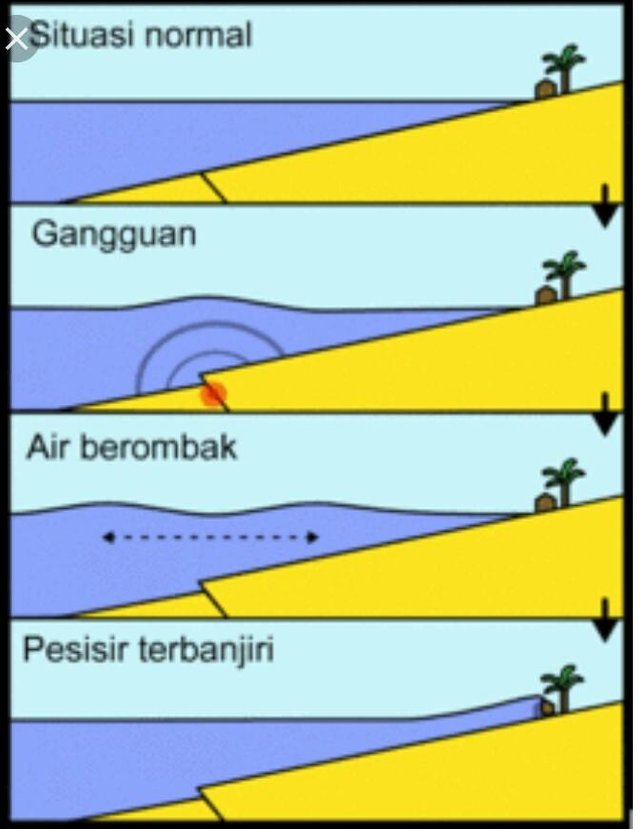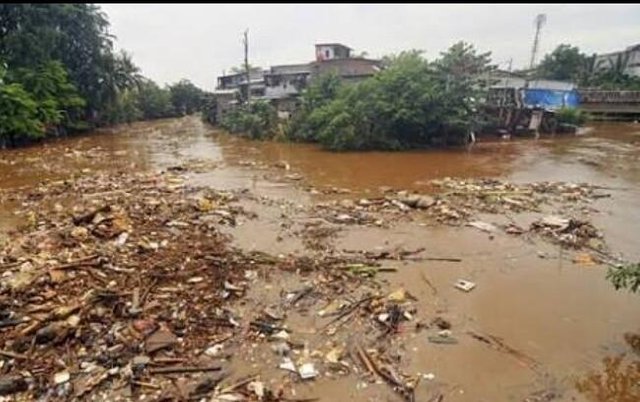The Cause of the Great Earthquake and Tsunami in Aceh
The magnitude 9.2 earthquake and subsequent massive tsunami devastated Aceh on 26 December 2004.

https://www.google.com/search?q=penyebab+tsunami&client=ms-opera-mobile&channel=new&prmd=niv&source=lnms&tbm=isch&sa=X&ved=0ahUKEwjhnYq_2ozZAhWEipQKHaPuBK0Q_AUIEigC&biw=360&bih=532#imgrc=HTvQ0UgeluwSGM:
that horrific event left more than 170,000 people dead, millions of homes destroyed, and destroyed the life of the Indian Ocean coastal communities.
Then, ever thought about why the giant earthquake and tsunami could happen?
A number of international researchers tried to express it and managed to find new evidence for the occurrence of events that creepy.

https://www.google.com/search?q=penyebab+tsunami&client=ms-opera-mobile&channel=new&prmd=niv&source=lnms&tbm=isch&sa=X&ved=0ahUKEwjhnYq_2ozZAhWEipQKHaPuBK0Q_AUIEigC&biw=360&bih=532#imgrc=HTvQ0UgeluwSGM:
Marine drilling expeditions conducted in 2016 and then to find the answer. The earthquake research was undertaken by a team of researchers from the University of Southampton and the Colorado School of Mines and part of the International Ocean Discovery Program (IODP).
In the expedition the research ship Joides Resolution took samples for the first time, such as sediments and rocks from ocean tectonic plates that exist in the subdiction zone of Sumatra.
Lisa McNeill of the University of Southampton, who is the coordinator of a research expedition, said the Indian Ocean Tsunami in 2004 was triggered by an extraordinarily powerful earthquake with large ruptured areas.
we want to know what caused the big earthquake and tsunami happened. There is whether there is a possibility that it happens also in areas that have similar geological properties, "said McNeill, dilansir Science Daily, Sunday (4/6).
The quake research team focused its research on the mineral dehydration process that lies beneath the seafloor, located in a subdiction zone. Because the mineral dehydration process usually affects the level of an earthquake.
The team took samples on the seabed as deep as 1.5 km. Then they measure the composition of the sendimen and the chemical, thermal, and physical properties.
Researchers found a sediment on the seabed tekikis from the Himalayas and the Tibetan plateau. Then the sentiment flows into the rivers and finally into the sea.
The sentiment is so thick that it reaches high temperatures and causes complete dehydration while in a subduction zone.
It creates a very strong material, and causes the earthquake to slip into the surface of the larger subduction fracture. And that's what caused the earthquake to be very strong in 2004.

https://www.google.com/search?q=penyebab+tsunami&client=ms-opera-mobile&channel=new&prmd=niv&source=lnms&tbm=isch&sa=X&ved=0ahUKEwjhnYq_2ozZAhWEipQKHaPuBK0Q_AUIEigC&biw=360&bih=532#imgrc=HTvQ0UgeluwSGM:
The results of research on sediment samples found on the seafloor have been published in the journal Sciences in a new paper written by Andre Hupers of the MARUM-Center for Marine Environmental Sciences at the University of Bremen.
https://www.arah.com/amp-article/33082/terkuak-ini-penyebab-gempa-dan-tsunami-maha-dahsyat-di-aceh.html